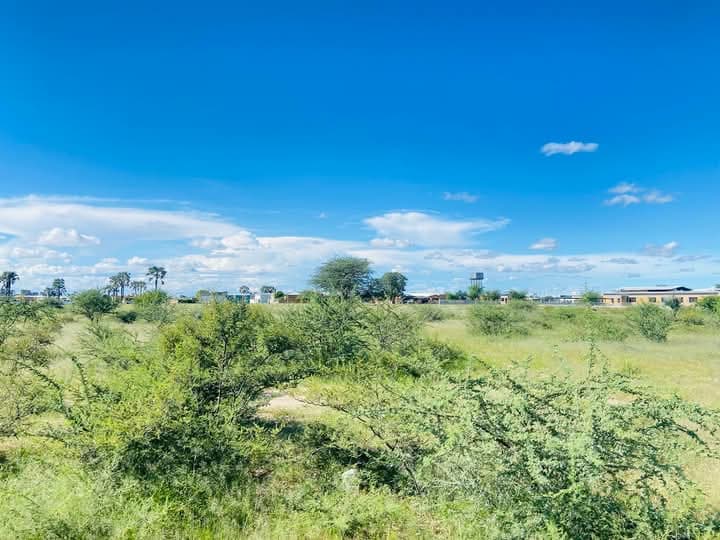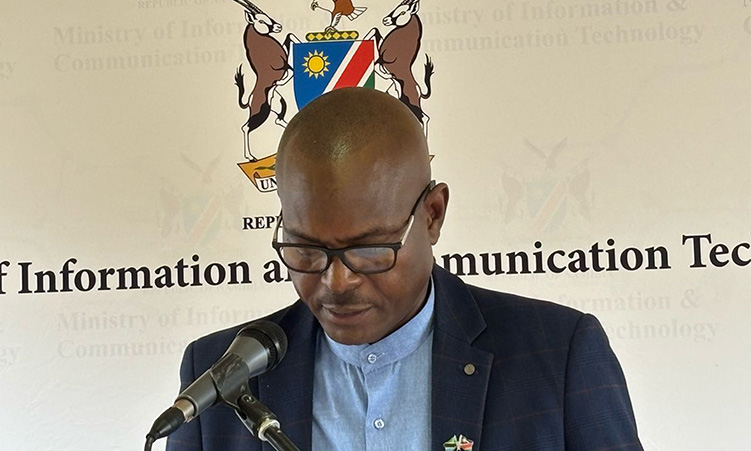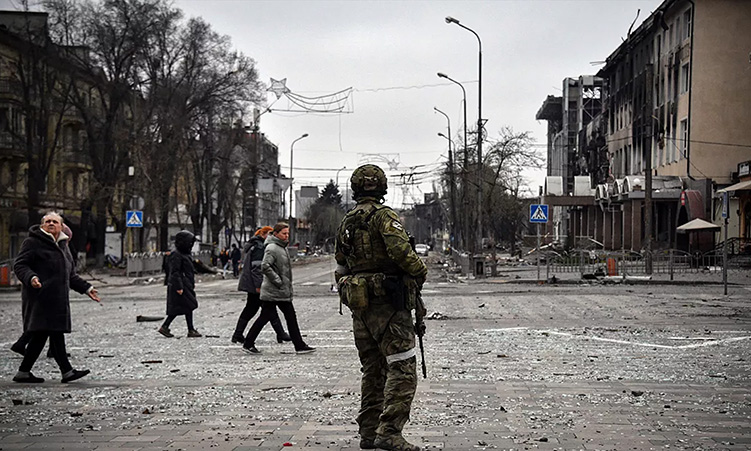ELECTRICITY prices will soar to about N$1,20 per unit by 2011 for bulk customers like municipalities and regional distributors, a tariff expert said yesterday.
Speaking at a business meeting of the Friedrich Ebert Foundation on the regional electricity shortages and how they affect Namibia, Helene Vosloo, manager of economic tariff regulation at the Electricity Control Board (ECB), frankly said: “My presentation will be bad news”. “Bulk electricity tariffs are projected to rise to between N$1,18 and N$1,20 per kilowatt hour (KWh) by 2011, as Government has directed the ECB that electricity tariffs must be cost reflective by then.”NamPower presently pays emergency tariffs for electricity imports from beyond our borders, which are much higher than the contract tariffs.The electricity bulk price in Namibia is now standing at 80 cents per KWh, and municipalities at the moment charge consumers a [surcharge of] 17 cents per KWh [on top of an estimated 45 cents basic],” Vosloo disclosed.She refrained from saying what consumers would pay for electricity three years from now.Vosloo said it was time for independent power providers (IPPs) to start generating solar and wind power.”There is no need for a huge coal power station [planned by NamPower at the coast],” Vosloo said, drawing applause from those who attended the meeting.”An envisaged policy action is that Government would mandate NamPower to buy a certain percentage of power from these renewable sources [IPPs].”The bottom line, however, is for people to use less electricity.”The energy-efficient light bulbs distributed by NamPower 10 months ago to households have so far brought savings of eight megawatt (MW) and we must all save more electricity,” Vosloo advised.”Look at the Windhoek municipality where the floors are lit all night or the Bank of Namibia, even the Heroes’ Acre, fully illuminated the whole night.More energy efficiency is required,” Vosloo said.”Bulk electricity tariffs are projected to rise to between N$1,18 and N$1,20 per kilowatt hour (KWh) by 2011, as Government has directed the ECB that electricity tariffs must be cost reflective by then.”NamPower presently pays emergency tariffs for electricity imports from beyond our borders, which are much higher than the contract tariffs.The electricity bulk price in Namibia is now standing at 80 cents per KWh, and municipalities at the moment charge consumers a [surcharge of] 17 cents per KWh [on top of an estimated 45 cents basic],” Vosloo disclosed.She refrained from saying what consumers would pay for electricity three years from now.Vosloo said it was time for independent power providers (IPPs) to start generating solar and wind power.”There is no need for a huge coal power station [planned by NamPower at the coast],” Vosloo said, drawing applause from those who attended the meeting.”An envisaged policy action is that Government would mandate NamPower to buy a certain percentage of power from these renewable sources [IPPs].”The bottom line, however, is for people to use less electricity.”The energy-efficient light bulbs distributed by NamPower 10 months ago to households have so far brought savings of eight megawatt (MW) and we must all save more electricity,” Vosloo advised.”Look at the Windhoek municipality where the floors are lit all night or the Bank of Namibia, even the Heroes’ Acre, fully illuminated the whole night.More energy efficiency is required,” Vosloo said.
Stay informed with The Namibian – your source for credible journalism. Get in-depth reporting and opinions for
only N$85 a month. Invest in journalism, invest in democracy –
Subscribe Now!










